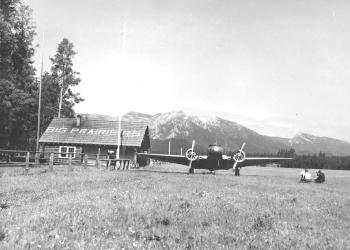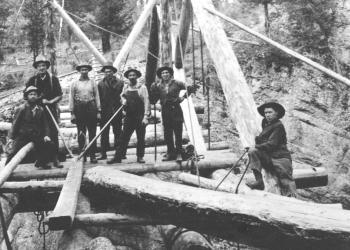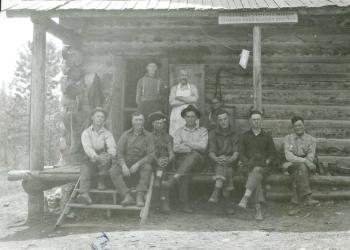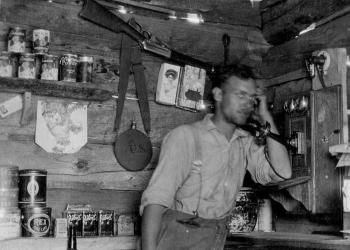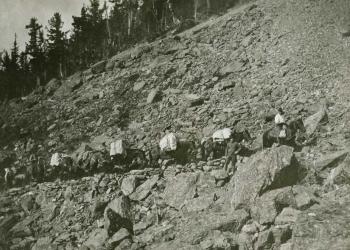Discover History
The 1891 Forest Reserve Act established America’s original forest reserves in order to protect watersheds and timber supplies. From this, the Flathead Forest Reserve was formed in 1897. The U.S. Forest Service was created a few years later under the U.S. Department of Agriculture, and the Reserves became our National Forests with Gifford Pinchot as the first Chief in 1905.
By 1918, the Flathead National Forest had 10 ranger districts with a year-round ranger, often accompanied by his family, assigned to each district. Supporting the rangers was a seasonal workforce of 40 fire guards and 29 government horses. They worked at improving forest access, fire prevention and suppression, communications, and recreation opportunities for the public while enacting the agency’s land ethics and conservation practices to managing timber, mining, grazing, homesteads and other special uses. Duties included fire lookout, telephone line installation and maintenance, issuing permits, firefighting, carpentry, packing supplies into the backcountry, and much more.
The Flathead National Forest’s workforce displays the same ethics and commitment to managing the people’s resources for the greater good as those who came before them. Backcountry staff continue to employ passed down skills needed to work in a remote setting, such as the use of hand tools for maintenance and transporting people and goods throughout the Forest by way of pack strings.
Today, the Flathead currently has four ranger districts – Tally Lake, Swan Lake, Spotted Bear and Hungry Horse – Glacier View, as well as the Supervisor’s Office. Many of the facilities are historic properties that are listed in the National Register of Historic Properties. There are 2,000 miles of trails, 300 miles of National Wild and Scenic Rivers, and a million acres of designated wilderness areas including the Bob Marshall, Great Bear, and Mission Mountains Wilderness Areas. The Forest partners with Tribal, State, and local governments, as well as numerous nonprofit organizations to continue to manage the Forest and its natural and cultural resources, preserving the unique history of the Forest for future generations.







